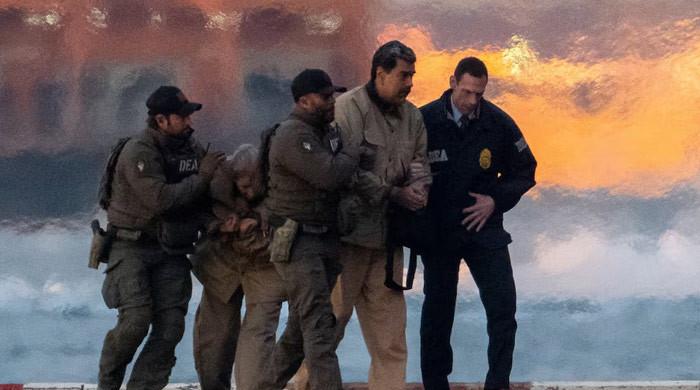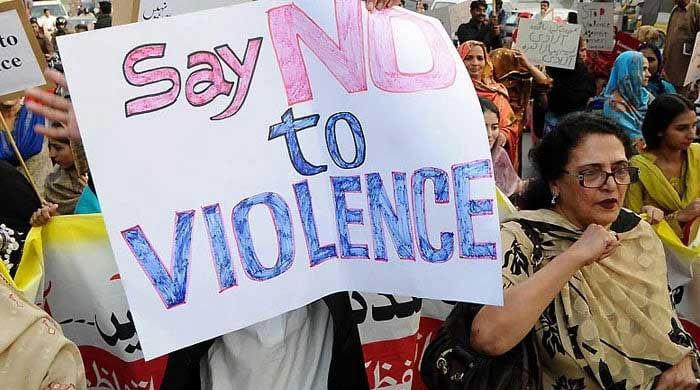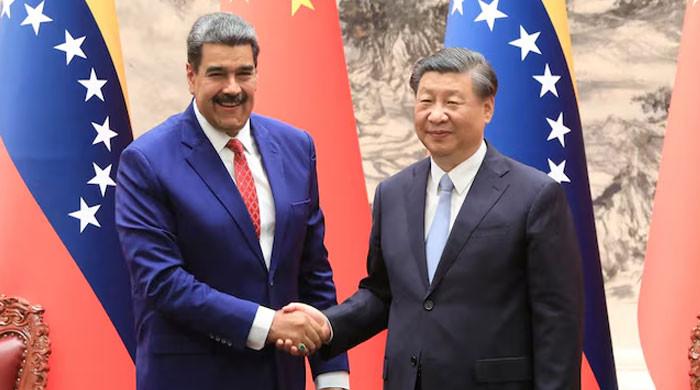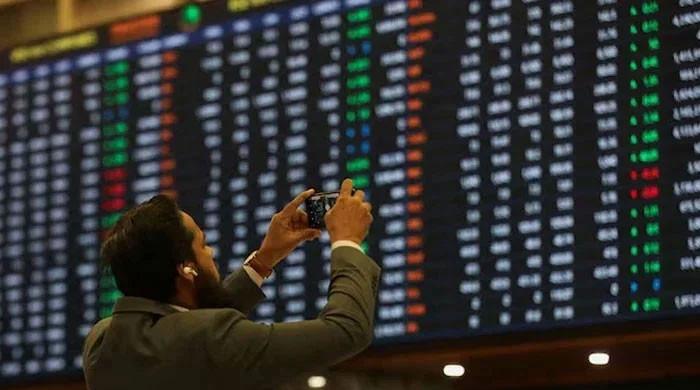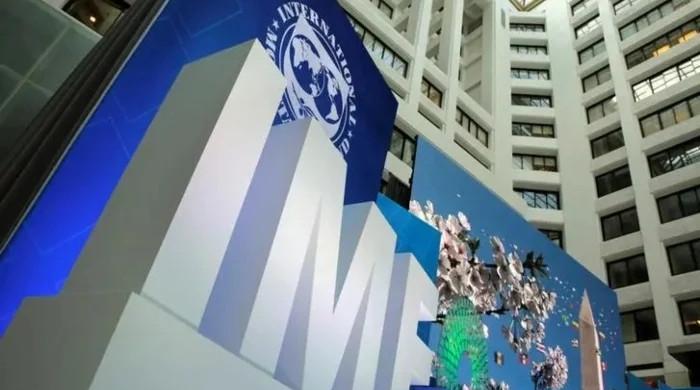Sialkot lynching: A horror show you won't see in films
We must act fast before entire nation gets consumed by flames of intolerance and bigotry
December 11, 2021
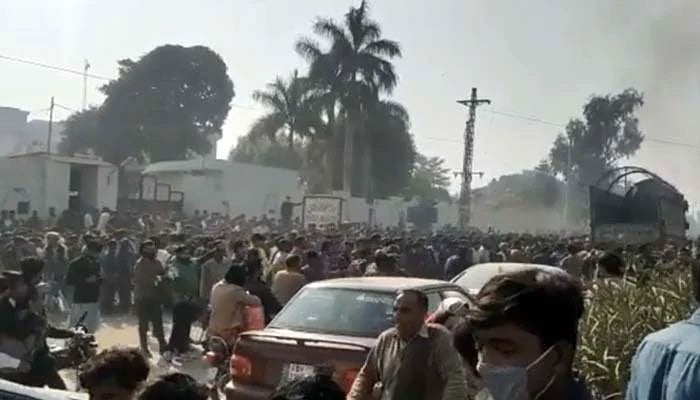
The nation is once again in a state of shock and disbelief after the Sialkot lynching incident, with Pakistan's image as a savage nation becoming stronger with each passing day.
What we saw last Friday evening was a horror show one wouldn’t even get to see in films. The ghastly and frighteningly inhuman manner in which Priyantha Kumara Diyawadana, a Sri Lankan national, was lynched over blasphemy allegations at a factory in Sialkot where he worked as a manager is horrendous. But it didn't end there.
The bigoted mob then dragged his mutilated body out on the road and set it on fire, with individuals at the site filming and taking selfies of the burning body—in a stark display of horror where humanity and human values were thrown out of the window.
What transpired following the gruesome murder was entirely predictable: denunciations from all quarters and electronic and social media awash of outpouring of sympathy, grief and anger over the incident. The government vowed to penalise the culprits, with the army chief also resolving to bring to book the perpetrators ostensibly because Mr Diyawadana was a foreign national.
But the key question is: Were the law enforcement personnel asleep at the switch when this heinous crime was occurring in broad daylight? Were they not capable or responsible for rounding up the criminals who were perpetrating this vigilantism in front of their own eyes?
Needless to say, the incident has made us bow our heads in shame.
Although vicious ultra-right organizations believed to be once used as a ‘strategic asset’ began to be reined in a few years ago, other sectarian groups that were radicalized as part of the same process have emerged as a new force to reckon with.
All it takes now is a charge of blasphemy and a few wayward individuals to instigate a mob to commit murder. The lynching of young Mishal Khan at the hands of his fellow students in 2017 is still fresh in our memory. Nor can we forget Shama and Shehzad Masih, burned alive in a brick kiln, in 2014.
These are but a few incidents in a long chronology of horror in this country. Each act of mob vigilantism, each sacrilege of a place of worship, each life wrecked as a result amply testifies to the bitter truth: that the state has caved in to the extremists who can exploit it at will by wielding the tool of religion.
We must act fast before the entire nation gets consumed by the flames of intolerance and bigotry.




